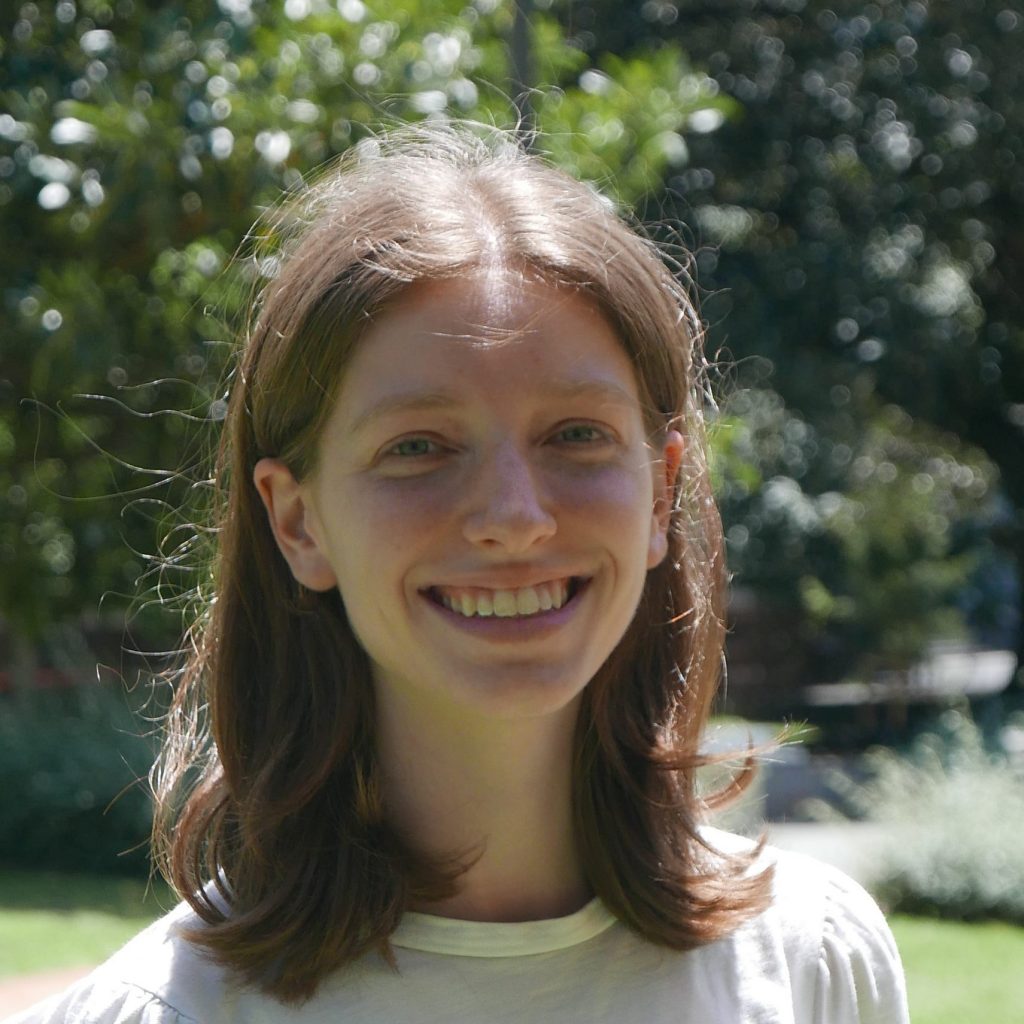Self-similarity is a familiar idea to most—the idea that an object like a coastline or a branching tree can repeat itself at different length scales. For some, these objects are dizzying and evoke thoughts of existentialism… I for one am still haunted by the Mandelbrot Set, a certain kind of self-similar object called a fractal, after my brother forced me to watch a video of it endlessly repeating Year 8. For others self-similar objects are something of beauty. I am beginning to appreciate this feeling, but in terms of an entirely different notion of self-similarity, associated with groups.
A group can be thought of in two different ways. First, the traditional definition:
Definition (Group): A group consists of a set of elements G and a multiplication map * between elements that satisfies the following:
(1) there is an identity element 1 such that for any element g in G, 1 * g = g = g * 1;
(2) each g has an inverse h such that g*h = 1 = h*g; and
(3) multiplication is associative, that is g*(h*k) = (g*h)*k.
For those first seeing groups this is hard to rationalise. The integers Z under addition, for example, are a group. But what in general does a group ‘look like’?
More intuitively, a group can be thought of as the set of symmetries of an object. There is an identity element (leaving the object), a symmetry can be reversed, and symmetries are associative. For example, the Dihedral Group Dn is the set of symmetries of a n-sided regular polygon, made of rotations and reflections over edges. We say that a group acts on an object by applying these symmetries to it.
The symmetries can of course be of more complicated objects—like self-similar objects. The prototypical example is a group acting on a binary tree, such as by swapping subtrees at 0 and 1. We say that an action is itself self-similar if it agrees with the self-similarity of the object. Intuitively this means that there are group elements that describe the action at different length scales. For the binary tree every symmetry must be able to be restricted to a symmetry on any smaller subtree.
During my project, self-similar actions and their generalisations became like playthings. But they have much larger importance in various fields of Mathematics, such as that of C*-algebras.
Amelie Skelton
University of Sydney

